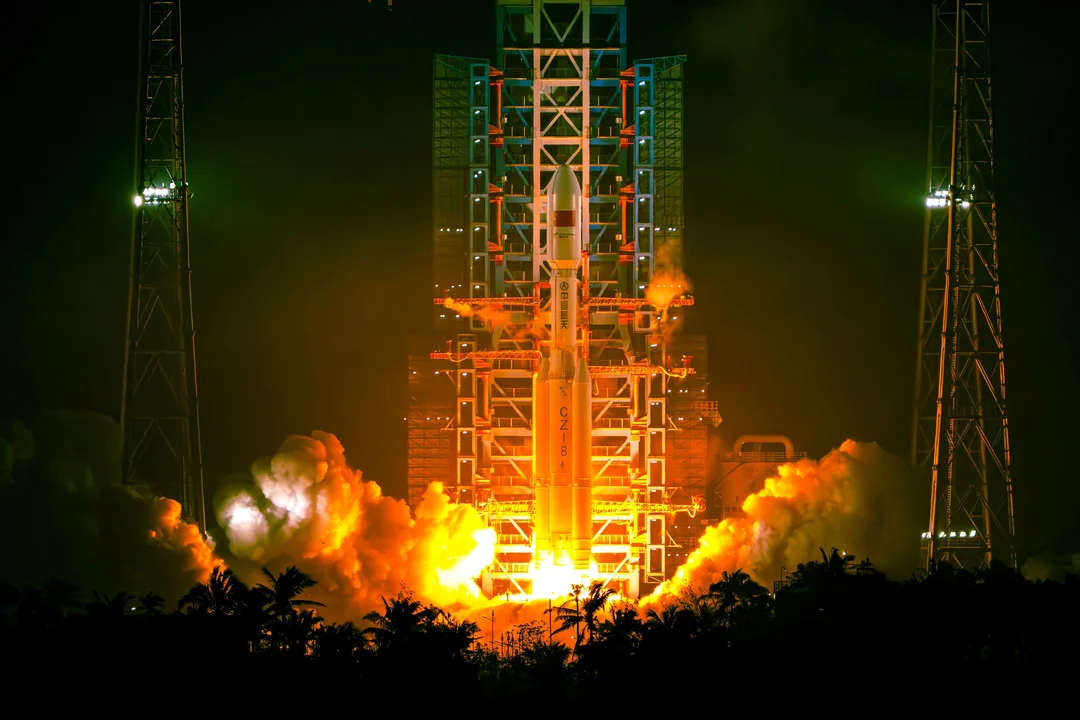
China’s Space Ambitions: New Satellite Launch and the Race to Rival Starlink
China's space program continues its rapid expansion, marked by the successful launch of the Shijian 26 satellite on May 29, 2025. This launch, the 33rd of the year for China, underscores the nation's commitment to advancing its space capabilities. However, this accomplishment occurs amidst a broader context: China’s ambitious effort to build a competitor to Starlink, facing both technological and bureaucratic hurdles.

The Long March 4B carrier rocket, launched from the Jiuquan Satellite Launch Center, successfully placed the Shijian 26 satellite into its designated orbit. Developed jointly by the Harbin Institute of Technology, Aerospace Dongfanghong, and the Changchun Institute of Optics, Fine Mechanics and Physics of the Chinese Academy of Sciences, this satellite will primarily serve in areas like land surveys and environmental protection, providing crucial data for economic development. The Shijian-26 launch also marks the 579th flight mission of the Long March series carrier rockets.
While the launch signifies ongoing progress, China also intends to compete with companies like Starlink with its own satellite constellations, Guowang and Qianfan. However, these projects face significant challenges. According to rules set by the International Telecommunication Union (ITU), 10 percent of the spacecraft need to be in orbit by 2026.
Blaine Curcio, founder of Orbital Gateway Consulting, notes that Guowang, despite substantial funding and government support, has been slower than anticipated. Its ties to the government may have led to bureaucratic obstacles. Executives from state-owned enterprises, employing a more traditional management style, may contribute to a slower pace compared to the fast-moving, “break things” approach often seen in tech startups.
Qianfan, backed by Shanghai’s municipal government, appears to be operating more like a modern business. However, both projects face a crucial limitation: the availability of rockets. While China conducts numerous launches annually, these rockets are shared across various projects. The absence of operable reusable rockets, a key component of Starlink's success, is a significant bottleneck. With little bidders for procurement requests for rocket suppliers, the bottleneck may be significant for the forseeable future.
Interestingly, Guowang and Qianfan seem to be targeting different markets. Guowang, enjoying greater central government backing, may focus on use cases with national security implications. Qianfan, on the other hand, is positioning itself as a direct competitor to Starlink for the international market, targeting countries across Brazil, Kazakhstan, Malaysia, Oman, Pakistan and many across Africa.
China's space program is undoubtedly ambitious and rapidly evolving. Will China overcome the challenges to match Starlink's pace and impact? The coming years will be crucial in determining the trajectory of these competing space initiatives. What are your thoughts on China's space endeavors? Share your perspectives in the comments below!